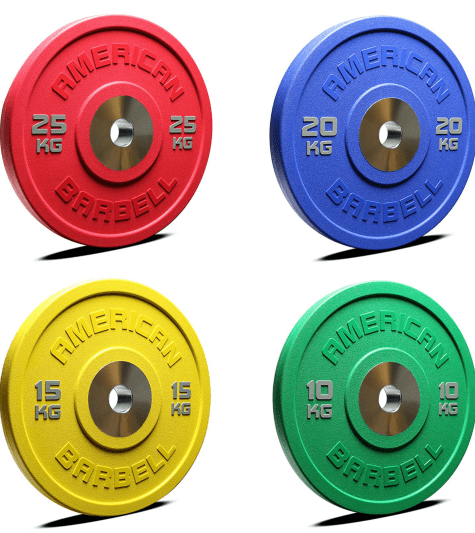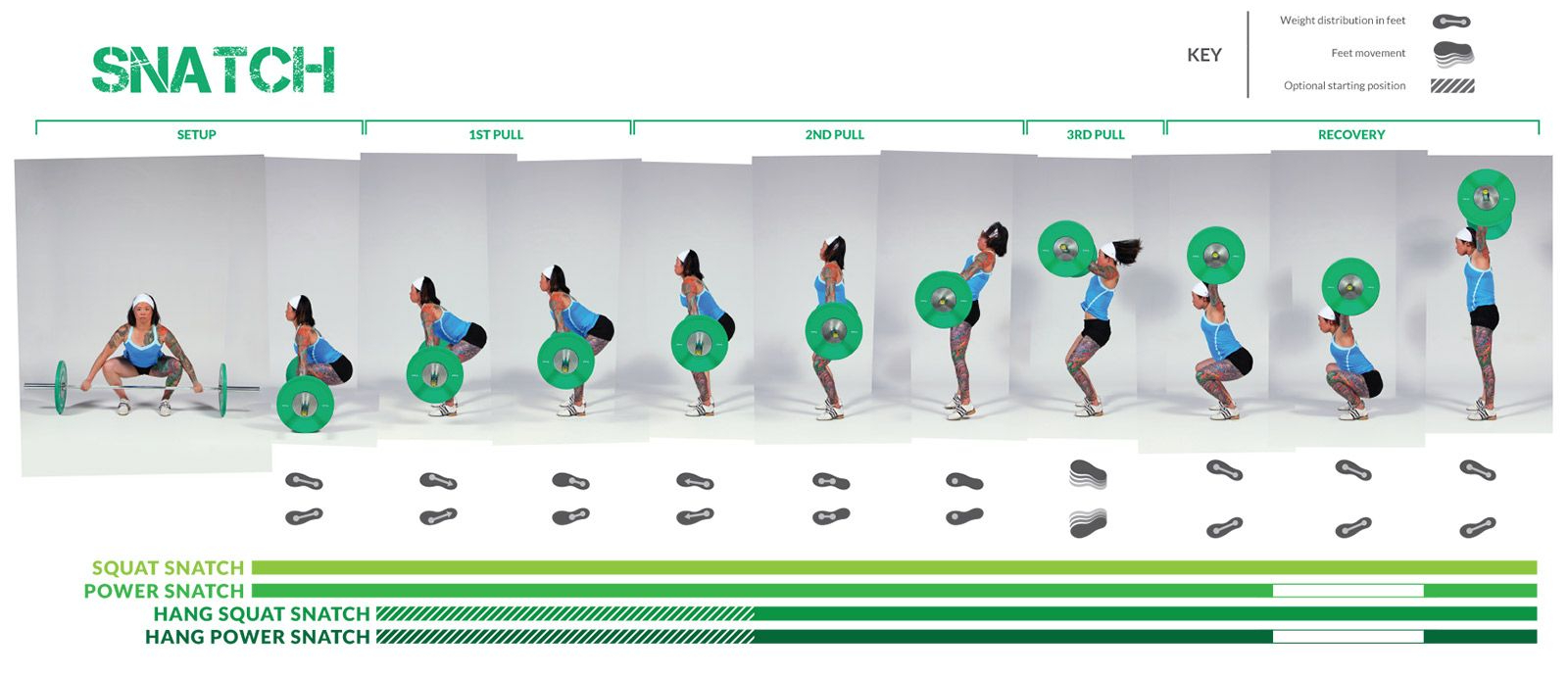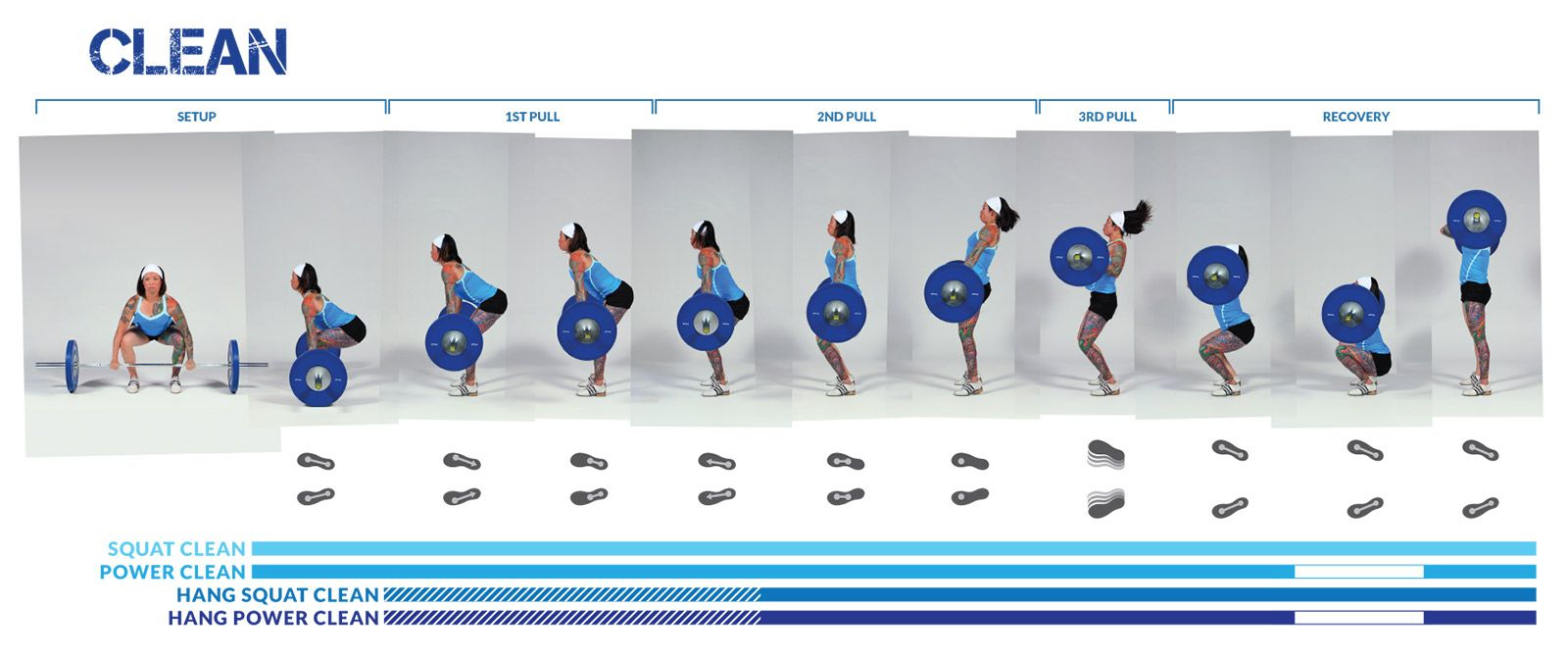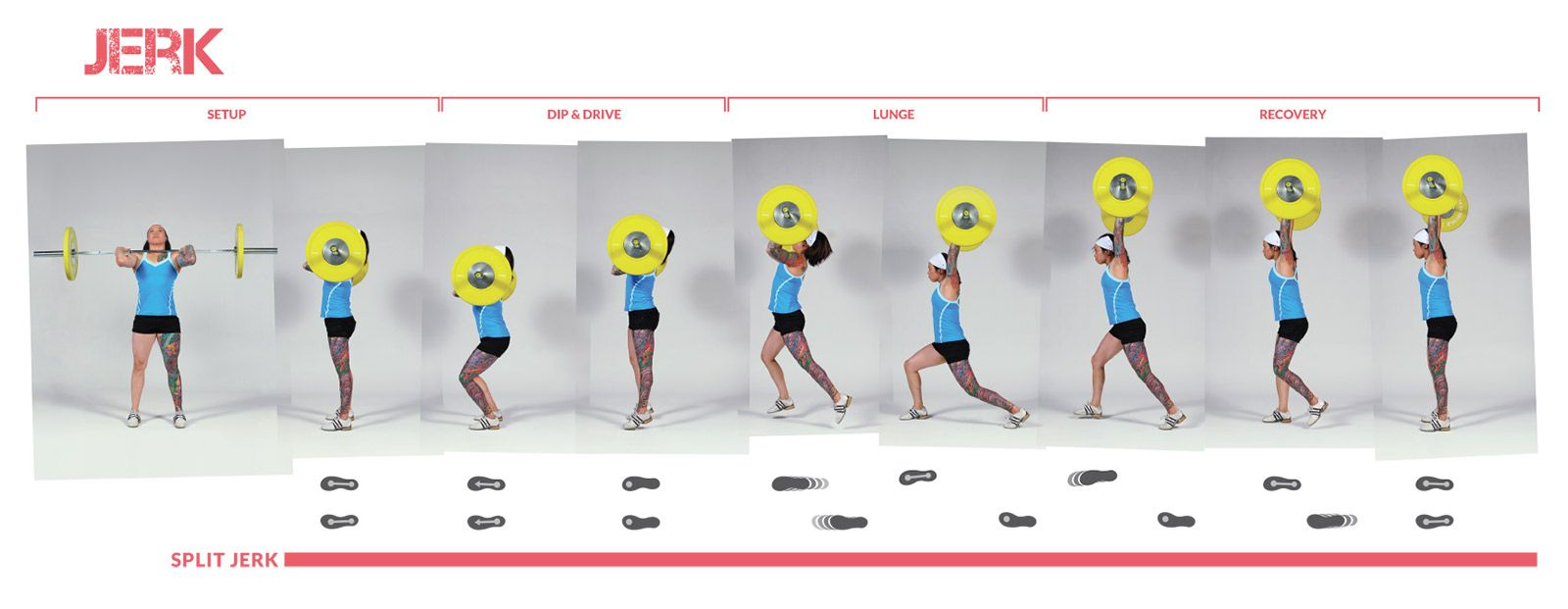
The Basics of Olympic Weightlifting
The History of Olympic Weightlifting
Weightlifting has a long history. Ancient Egyptian, Chinese and Greek societies had weightlifting competitions. It is one of the few sports that was included in the first modern Olympic Games held in Athens in 1896. However, women have only been allowed to lift at the Olympics since the 2000 games in Sydney, Australia. (1)
The Lifts
Different lifts have been part of the Olympics over the years. Currently, there are three lifts, one performed solo, and two that are done in sequence. They are the snatch and the clean and jerk. A lifter gets three attempts at each lift, and their score is the combination of their heaviest lifts in each category. This is called their total.
If a lifter fails all three tries for one of the lifts, the weightlifter will not get a total, and they get an incomplete. You have to have at least one good snatch and one good clean and jerk to get a total.
The Snatch
The snatch is a wide-grip lift where a weightlifter lifts the weight from the floor to overhead in one move. The heaviest male lifters in the world can snatch more than 210 kg (463 lb). And women can lift twice their bodyweight! The heaviest snatch by a woman was 155 kg (341 lb). (2) It takes a lot of speed, strength, and technical skill to do a snatch correctly.
The Clean and Jerk
The clean is a close grip lift that moves the barbell from the floor to your shoulders. The jerk is the lift that puts the weight overhead. These lifts together can move even more weight than the snatch. Tatiana Kashirina, a female Russian weightlifter, completed a 193 kg (425 lb) clean and jerk in 2014! (3)
What to Expect at a Weightlifting Competition
There are SEVEN Olympic bodyweight categories for men and women.
Men's weight classes:
- 61 kg (134 lb)
- 67 kg (148 lb)
- 73 kg (161 lb)
- 81 kg (179 lb)
- 96 kg (212 lb)
- 109 kg (240 lb)
-
109 kg and over (240 lb+)
Women's weight classes:
- 49 kg (108 lb)
- 55 kg (121 lb)
- 59 kg (130 lb)
- 64 kg (141 lb)
- 76 kg (168 lb)
- 87 kg (192 lb)
- 87 kg and over (192 lb+)
At a weightlifting meet, women lift with women, and men lift with men. The lifter attempting the lightest weight goes first. If they make the lift, the weight will become their first score. They will have two more attempts to lift heavier weights. If they do not make the lift, they can try it again, or they can also go up in weight.
All the lifters attempt the snatch first. They start with the lightest weight so that the barbell loaders only have to increase weight; they never have to take the weight off. After all the people have completed their snatch lifts, there is a short break, and they come back and do the clean and jerk.
If two people lift the exact same weight, they will each get credit for that lift. However, the score is determined by the combination of their two heaviest lifts. If that score is precisely the same, the lifter who went first will win.
The stage the lifter is on is called the platform. There are three referees at a weightlifting meet: the head referee in front of the platform and a side judge on the platform's right and left. The referees score each lift with a "fail" or "success." These are indicated with white and red lights or with red and white cards. The red symbolizes a failed lift, the white for a successful lift. A lifter has to have at least two referees say that it was a good lift for it to pass.
Getting to the Olympics - How to Go For Gold?
Getting into the Olympic takes years of hard work and dedication. To be considered for an Olympic team, athletes must qualify by earning ranking points at competitions selected by the International Weightlifting Federation (IWF). Some types of events give bonus points. Weightlifters have eighteen months to try to qualify.
Each lifter must compete at a certain number of events and compete at least twice in their weight category. At the end of the qualifying, the athletes are offered places based on their points. Most countries can send four male and four female athletes.
Like all Olympic Sports, weightlifting has anti-doping rules. That means that lifters will be tested for drugs and steroids that are prohibited. They cannot take drugs themselves, or help others do it. If they do, they can be banned from the sport. Doping is considered cheating, and weightlifting wants to be a clean sport.
-
Weightlifting Equipment - What is all That Stuff?
The Barbell
First, let's look at the barbell. It looks like one piece, but actually, the sleeves on either end spin. They move with the weight, so when the barbell is lifted, it keeps the bar from twisting and possibly causing injuries. Women's barbells, or bars as they are known, are lighter than the men's bars. Women's bars are 15 kg (33 lb), while men's bars are 20 kg (44 lb). Women's bars are slightly shorter than the men's bars, and they aren't quite as thick. (4)
The weight goes on either side of the barbell; then, collars are added to hold the weight in place. Each collar weighs 2.5 kg, so in total, they add 5 kg to the bar.
The Weights
The big plates on the bar are called "bumper plates." They are coated in rubber and are designed to be dropped. Each color means something in Olympic lifting.
Colors of the big bumper plates:
- 25 kg (55 lb) - reD
- 20 kg (45 lb) - blue
- 15 kg (35 lb) - yellow
- 10 kg (22 lb) – green
There are also smaller iron plates that are added to increase the weight more gradually. They also have specific colors as follows:
- 5 kg (11 lb) - white
- 2.5 kg (5.5 lb) - red
- 2 kg (4.4 lb) - blue
- 1.5 kg (3.3 lb) - yellow
- 1 kg (2.2 lb) - green
- 0.5 kg (1.1 lb) - white

Chalk
when a lifter goes out to the platform, they will dip their hands in a bowl of chalk and rub it on their hands. Chalk has two purposes. If your hands are moist, it keeps them tearing. It also keeps the bar from moving in your hands.
The Costume
There are definite rules on what a lifter can and can't wear. One requirement is the singlet, which is a one-piece, close-fitting unitard, rather like a swimsuit. Lifters can wear a t-shirt under it, but it is optional.
You might also notice that a lot of lifters wear a weightlifting belt. Wearing one is optional. It helps support their abdominal muscles when they lift. The other unique item lifters wear is their shoes. Weightlifting shoes have a heel on both men and women's shoes. They also have straps that go across the top of the foot, and some have unique laces that tighten more than ordinary athletic shoes. The heel and straps support your foot so that you can squat deeper and stay upright. Also, the sole of the shoe is very hard. That helps support the enormous amounts of weight being lifted.
Weightlifting is an exciting sport that uses all of the muscles of your back, legs, shoulders, arms, core, and hands. But it is not just about strength. Weightlifting requires speed, technique, and precision. Though weightlifters make it look easy, it takes a lot of time and practice to do it well.
Written by:
Dawn Highhouse
Works Cited:
(1) "Weightlifting Equipment and History - Olympic Sport History."International Olympic Committee, 15 May 2018, www.olympic.org/weightlifting-equipment-and-history.
(2) Team USA. "The Lifts." https://www.teamusa.org/USA-Weightlifting/Weightlifting101/The-Lifts.
(3) Tao, David. "The Heaviest Women's Snatch and Clean & Jerk Ever Made in Competition."BarBend, 27 Feb. 2020, barbend.com/heaviest-womens-snatch-clean-and-jerk/.
(4) "Equipment." International Weightlifting Federation, International Weightlifting Federation, www.iwf.net/weightlifting_/equipment/.




